In the late summer of 2017, Buddy, a gorgeous husky, had only been with his owners for a week, and at just 9 weeks old was referred from his vet to us because he was lethargic and behaving abnormally. His owners had noticed that he was the quietest of the litter when they collected him, and he continued to be quiet when they got him home. He was also bumping into things and seemed disorientated. After a number of tests, it was clear that Buddy’s liver wasn’t working properly, and he was diagnosed with an intrahepatic portosystemic shunt.
A portosystemic shunt is an abnormal vessel which allows blood to skip its normal route of passing through the liver. Normally, blood coming from the gut first enters the liver which removes toxins from it before it goes into the general circulation. So, when a portosystemic shunt is present, the blood from the gut isn’t filtered of its toxins by the liver. This means that the liver doesn’t function properly, and the toxic blood can cause depression and neurological signs; a syndrome called hepatic encephalopathy. Most of the time the abnormal vessel is outside of the liver itself and surgery can be performed fairly straightforwardly to restore normal blood supply to the liver. However, in some cases the shunting vessel lies within the liver itself (intrahepatic) which makes standard surgery very difficult. Buddy was one of these cases.
We started medical treatment as soon as we discovered the shunt and Buddy quickly improved, but he still needed further treatment. We used the minimally invasive approach of Interventional Radiology (IR). Buddy was anaesthetised and a catheter was passed into the caudal vena cava (the large blood vessel which returns blood to the heart from the abdomen), through a very small incision in his neck.
Using fluoroscopy (real time x-rays) to visualise the vessels, a contrast agent was injected allowing the shunting vessel and its entry to the caudal vena cava to be identified (Figure 1). A vascular stent was then deployed within the caudal vena cava, covering the opening of the shunting vessel (Figure 2). Through this stent, vascular coils were deployed into the shunt; becoming wedged against the stent, reducing the flow (Figure 3). The vascular coils also promoted clot formation further reducing the flow through the shunting vessel, which in turn, increased blood flow to the liver, helping it to function more effectively (Figure 4).
Buddy made a very rapid recovery from the procedure and, due to only having a very small incision in his neck and no larger wounds, was able to be discharged the following day back to his happy owners!
Since the surgery, Buddy’s liver function has continued to improve and when he came back for his re-check, he was full of beans! He has enjoyed not only his first birthday but a few more since, now being 4 years old and still full of energy! His owners keep in touch and report that “He is such a wonderful dog and it’s like it never happened.”
Interventional radiology, including treatment for intrahepatic shunts (shunts within the liver), is a rapidly expanding area of veterinary science. DWR Veterinary Specialists is proud to be at the cutting edge of this technology and offers a wide range of applications including tracheal (windpipe), urethral (urine tube), nasopharyngeal (nose) and colonic (large intestine) stent placement; intravascular shunt occlusion (abnormal blood vessels) and chemoembolisation (vascular treatment of cancer).
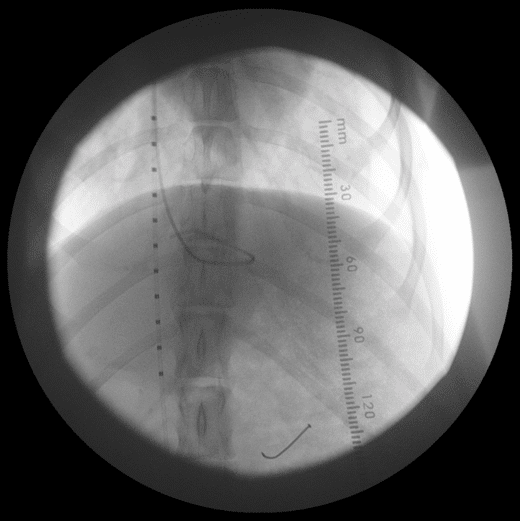
Figure 1: Fluroscopy study showing the caudal vena cava (in the centre of the screen with the stripy marker catheter) and a catheter in the shunting vessel entering it from the left-hand side.
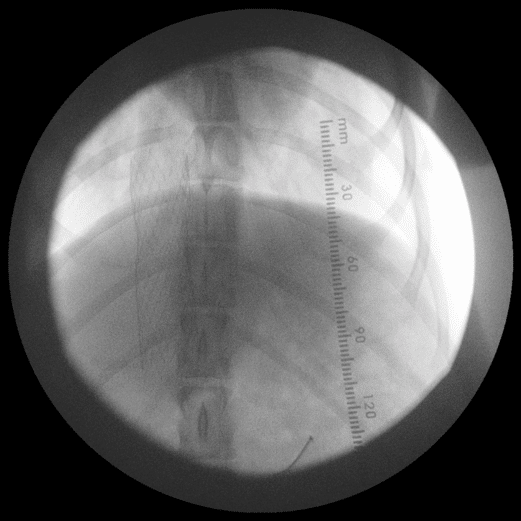
Figure 2: The caval stent deployed, covering the opening of the shunting vessel
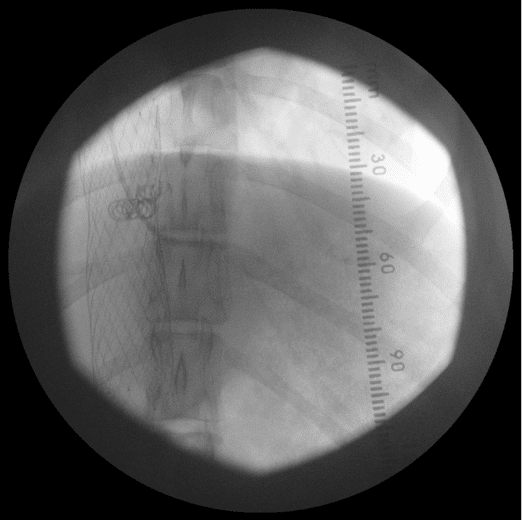
Figure 3: Coils placed in the shunting vessel are held in place by the stent, reducing flow through the vessel and increasing blood returning to the liver.
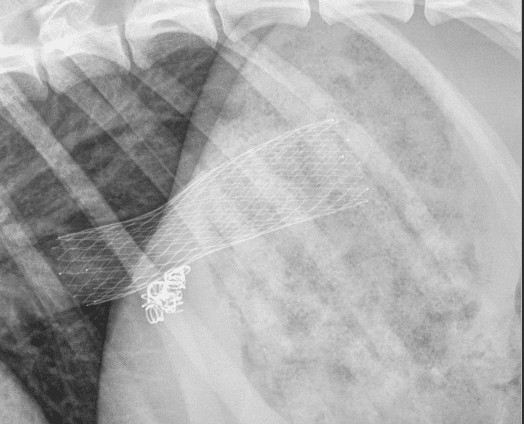
Figure 4: An X-ray of the coils placed in the shunting vessel which reduces the flow through the shunting vessel.
Buddy at his re-examination
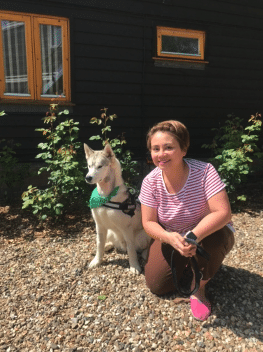
Buddy on his 3rd birthday 8 June 2020
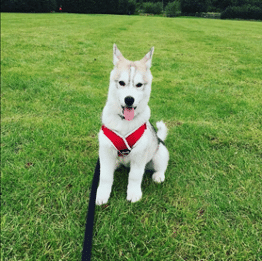
Buddy as a puppy
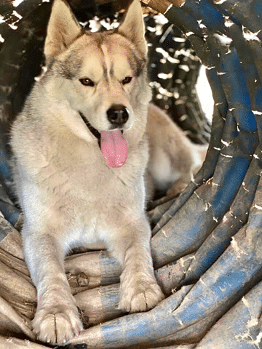
Buddy on a play day
